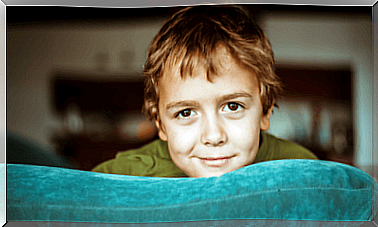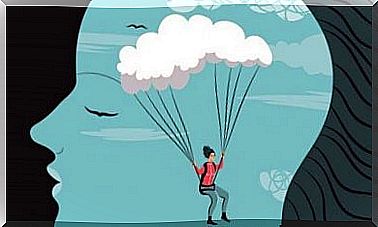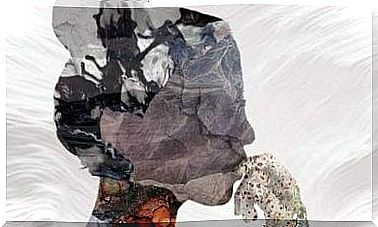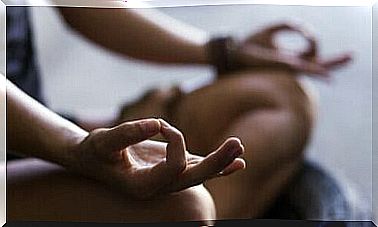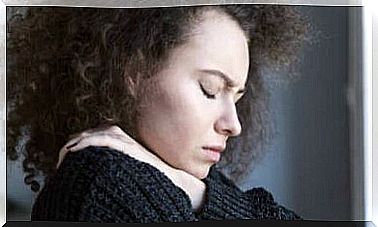Eight Common Symptoms Of Anxiety In Children
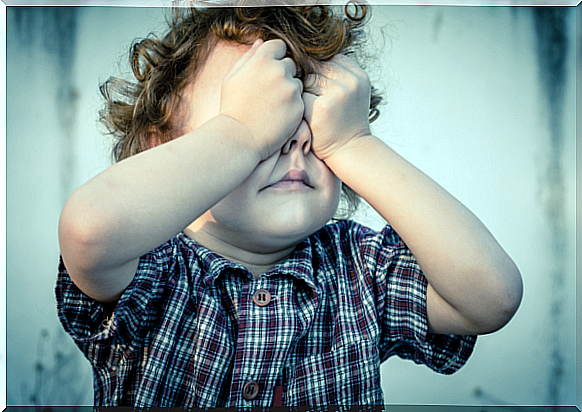
Anxiety is defined as a state of inner tension, restlessness and mood disturbance. It also involves anguish and a sense of loss of control. We all suffer from anxiety at some point in life. But how does anxiety manifest in children? Furthermore, why does it happen? Let’s find out.
Anxiety disorder versus anxiety
The Centers for Disease Control and Prevention (CDC) (USA) states that when children do not overcome the fears and worries that are typical of their age, they may experience an anxiety disorder. Anxiety also occurs when specific fears and anxieties interfere with their daily activities or well-being.
However, an anxiety disorder is not the same as anxiety in general. An anxiety disorder consists of a set of predetermined symptoms, which follow a pattern and cause significant discomfort. Furthermore, they are of a certain duration and require specific interventions.
On the other hand, anxiety is a more generic concept. It can often stem from a specific cause or may be due to specific circumstances or normative elements that are characteristic of a particular phase of life. For example, in the case of children, it may be the start of school. An anxiety disorder is usually more severe than suffering from anxiety in general.

Common symptoms of anxiety in children
The common symptoms of anxiety in children are similar to those experienced by adults. However, they may vary in the way they manifest and how the child experiences them.
For example, anxiety in children can translate into uncontrolled crying. This is because they do not know how to deal with it. There may also be setbacks in development, reduced school performance and new fears, etc.
However, what are the most common symptoms of anxiety in children? In addition, how do children manifest them? Let’s take a look.
Difficulty breathing
The child may experience difficulty breathing. In fact, they find it difficult to stop or slow down their breathing.
As a result, breathing becomes faster and a little tiring. Some children may also hyperventilate or become dizzy.
Mageknip
Another common anxiety symptom in children is abdominal pain. It is worth remembering that there are a number of nerve endings in the abdomen. Therefore, when you suffer from nervousness, your stomach also suffers.
Difficulty concentrating
Anxiety affects not only the physical area of the body but also the cognitive. Therefore, children with anxiety may experience changes in concentration. This means that it becomes more difficult for them to focus and it can negatively affect their ability to assimilate new knowledge. This will again be reflected in school performance.
Regarding this last point, Jadue conducted a study in 2001. It was published in Pedagogical Studies. Jadue stated that there are some characteristics of the school system that can cause or aggravate anxiety in children. These factors will consequently increase the number of students at risk of poor performance and failure at school.
Excessive concern
Another symptom of anxiety in children is excessive worry. This is more common in children who ask for a lot of themselves. Children who tend to be perfectionists.
Changes in self-esteem
Due to anxiety, or rather, due to poor handling, changes in self-esteem (poor or low self-esteem) can also occur. For example, a child who suffers from panic attacks and who does not understand why, may think that something strange is happening to them. They may even think that something is wrong with them.
Muscle tension
Muscle tension is another anxiety symptom in children. In these cases, the muscles contract and tense.
Dizziness
Dizziness is also a symptom of childhood anxiety. When the child cannot breathe well, the brain gets an oxygen deficiency, which causes dizziness.
Sensitivity or irritability
Increased sensitivity (which can lead to irritability) can also be another common symptom of anxiety in children. In fact, they may get angry or cry over anything, and they often struggle to control their emotions.
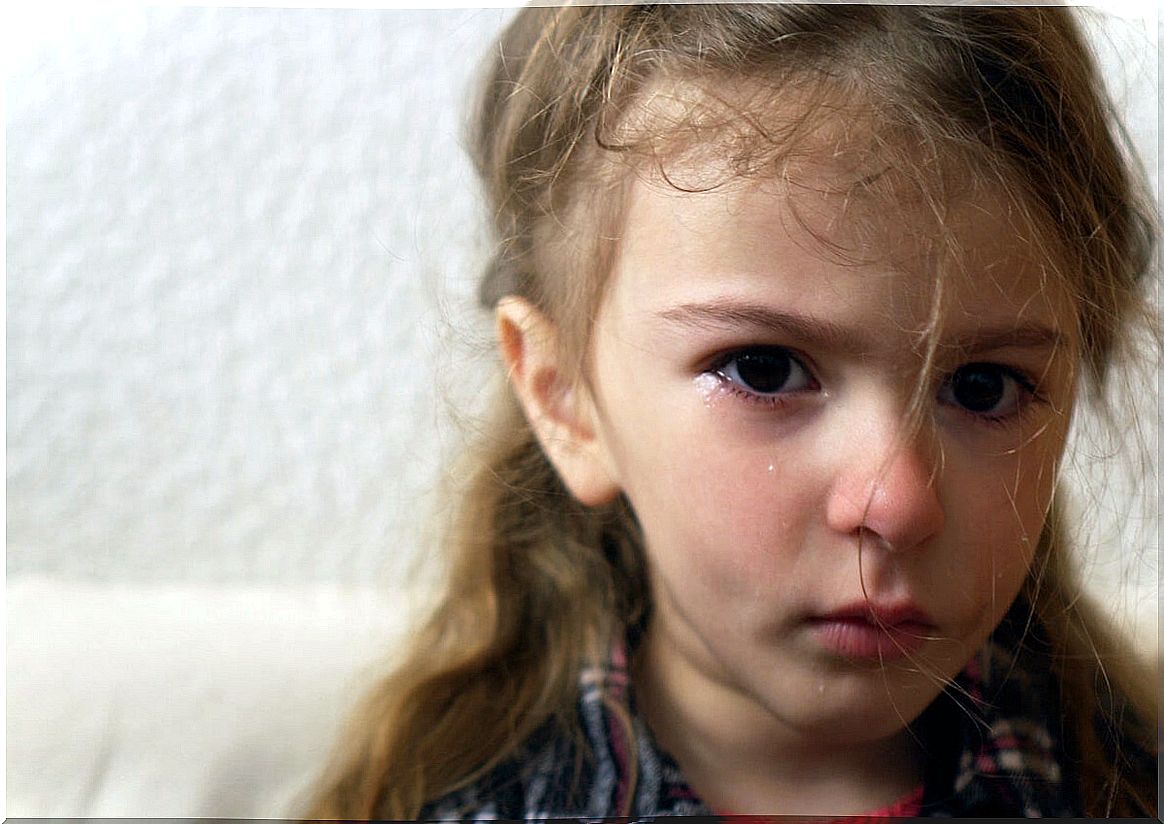
Causes of anxiety in childhood
The causes of anxiety in children, as in adults, can be several. Here are some of them:
- must start school
- being bullied
- personality type or temperament
- living in violent situations at home
- have been abused
- parental divorce
- significant losses (such as the death of a pet or loved one)
- new city or school
The importance of helping the child to express himself
As we have seen, common symptoms of anxiety in children include those that are physical (eg muscle tension), mental (low self-esteem) and cognitive (difficulty concentrating). It is important to help children express these symptoms. This is because they are not always easy to spot in childhood.
Consultation with a child psychologist is always the best measure to take in these cases. In fact, no one is better able to assess the importance of what is happening and suggest appropriate measures to reduce the child’s anxiety level.
